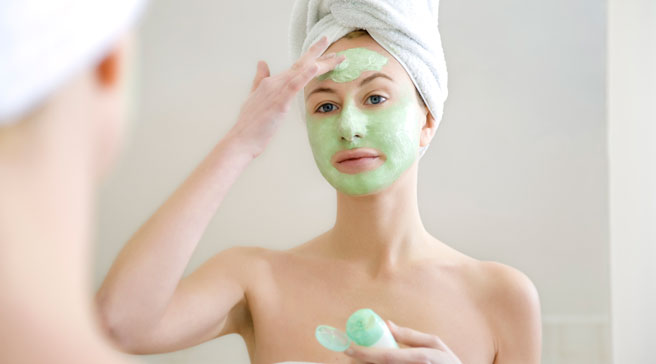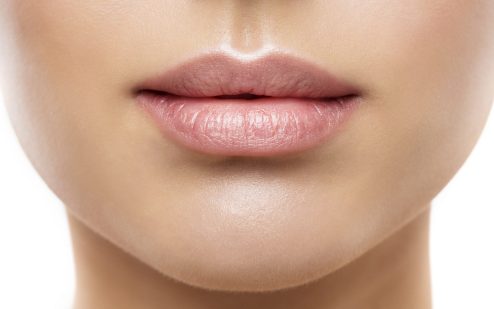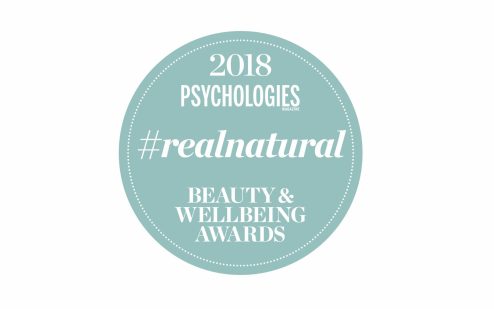Holding back the years
There’s more than one way to stay fresh-faced as we age. By Alexandra Friend

There is a new pick-and-mix approach to anti-ageing, incorporating creams, supplements, injectables and lasers. For most of us, however, skincare means creams not needles. ‘
There are some very well-researched products that can improve structure, tone and elasticity,’ says Sally Penford at The International Dermal Institute. ‘I’d never suggest a cream could achieve the same results as surgery, but if you adopt preventive measures early, you may never have to take that route. Wearing an SPF from your late teens and early twenties, for example, means you won’t have to treat uneven pigmentation later on in life.’
According to Penford, good skincare is about doing your research. ‘If a consultant can’t explain the ingredients in the cream she’s selling, walk away.’ And, she adds, there’s something to be said for spending more. ‘I don’t want to say that only expensive products works, but the most effective ingredients tend to cost more. Palmitoyl pentapeptide, for example, is one of the most well-known anti-ageing ingredients, but it’s expensive.’ However much you spend, make sure your skincare has antioxidants for free-radical control and a sunscreen. And for those with extra concerns, regular facials are key. ‘Treatments feed your skin with regenerative ingredients, and help stop potential problems in their tracks,’ says Penfold.
Advanced solutions
What happens when lotions and potions no longer deliver the creaseless skin we crave? ‘You can use the best products in the world, but at some point you may want more,’ says Wendy Lewis, beauty consultant and author of 'Plastic Makes Perfect'. ‘I recommend my clients go slowly up the procedural ladder, starting with the least invasive treatments,' she says. 'Some stop at fillers or lasers, while others end up having surgery — it’s a matter of personal choice.’ But, she adds, taking an interventional approach doesn’t mean you can abandon your pot of antioxidants. ‘Needles and skincare go hand in hand,’ agrees LA-based skincare therapist Kate Somerville. ‘Modern anti-ageing is multi-dimensional. Botox might help the lines around your eyes and forehead, but it won’t smooth your skin like topical applications of vitamin A and C.’
For anyone taking the procedural plunge, the good news is that the least invasive services are achieving the most covetable results. ‘Minimally invasive procedures have already surpassed cosmetic surgery and the trend is strengthening every year,’ explains Dr Puneet Gupta of Harley Street’s The Private Clinic. ‘Lasers, for example, tighten the skin and get rid of fine lines and deep wrinkles in a way that looks far more natural than a surgical facelift.’
Somerville (who offers everything from facials and nutritional advice to lasers and injectables in her skincare centre) promotes a baby-steps approach. ‘Wear sunscreen, get regular facials and monitor your skin,' she says. 'Introduce laser treatments in your thirties, then, if the lines on your forehead bother you, look into Botox. But do your research and go to a practitioner you can trust. And never get the latest treatment done just for the sake of it — wait till something’s been on the market, for a while, and if the results are good, then go for it.’
Alternative solutions
For others, skincare goes hand in hand not with surgery but with diet and lifestyle. Georgie Cleeve of Oskia believes in rebuilding skin at a cellular level through healthy living, a nutritious diet and natural skincare. ‘The skin is an organ, and just like our other organs, it needs to be fed in order to function,’ she says. As well as citing the regenerative merits of skincare ingredients such as sulphur compound MSM and Swiss apple stem cells, the Oskia website embraces all aspects of a holistic lifestyle, with seasonal recipes, green living tips and nutritional information.
‘Women who use natural skincare often have a holistic approach to their bodies and their lives — they eat organically, they’re interested in alternative practices such as homeopathy, and are even more likely to recycle,’ says Cleeve. ‘But whether you take the invasive route or try something more holistic, I think it’s great that there’s so much choice out there. No, having something injected into your skin isn’t entirely natural, but neither is popping a painkiller, and so many of the ingredients used in these procedures are naturally derived anyway. I consider a glycolic peel to be fairly natural — just think of the lactic acid in Cleopatra’s skin-softening milk baths.’








